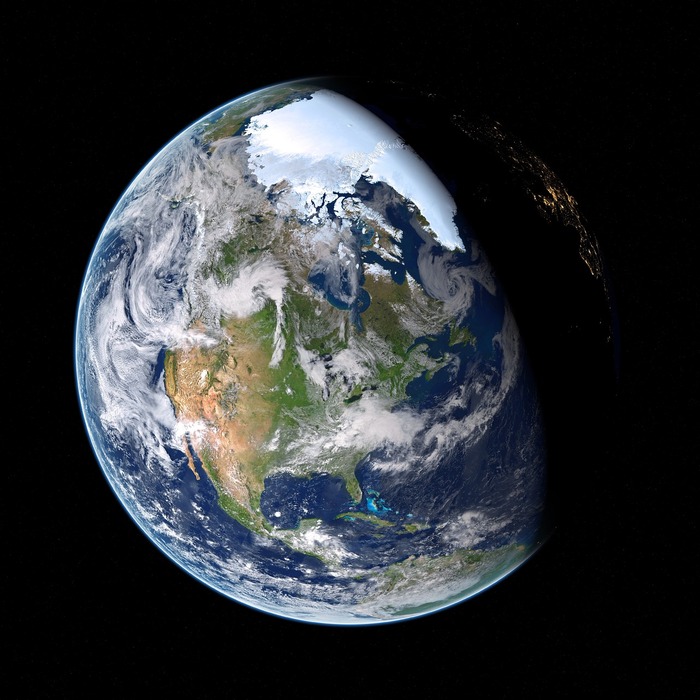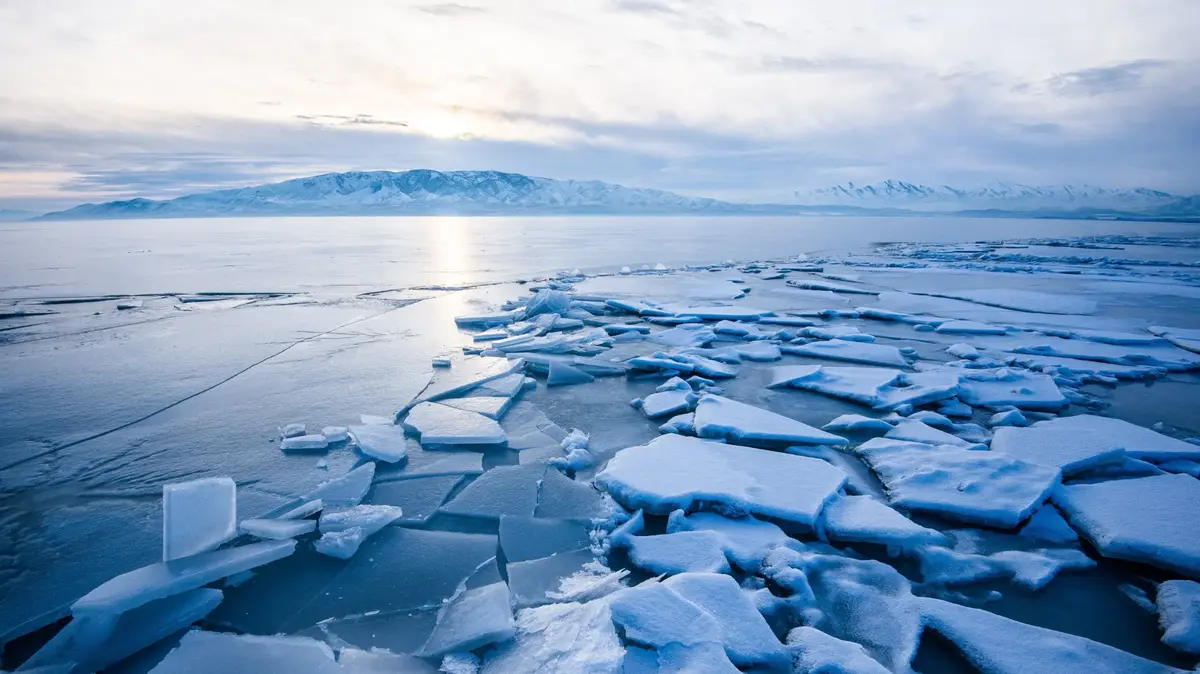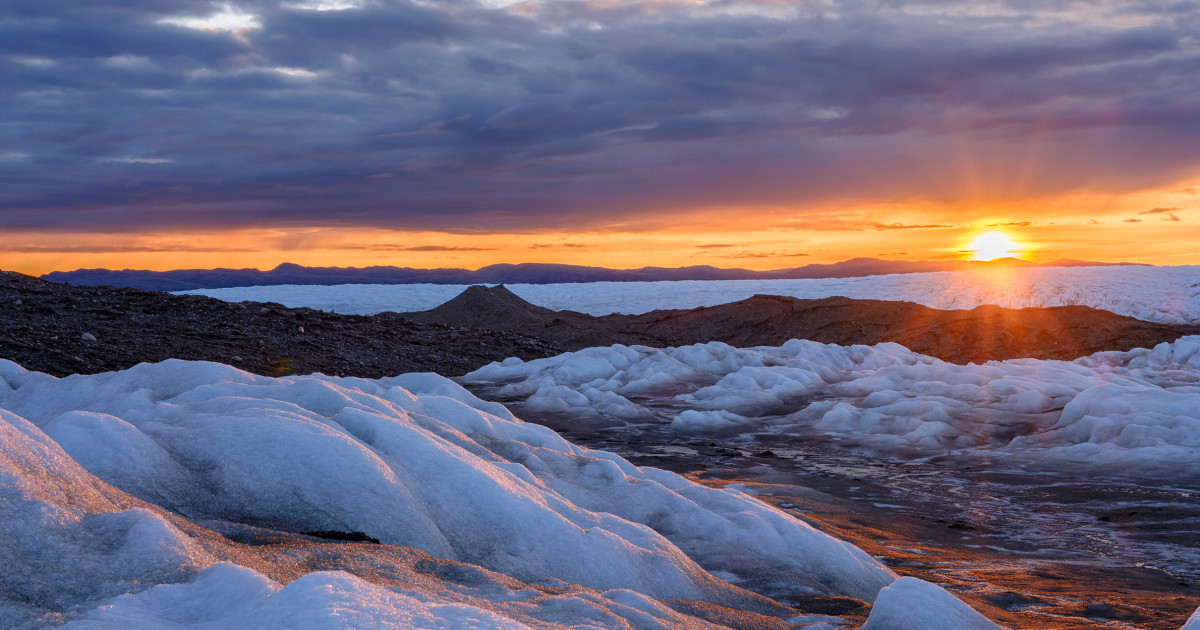New York, Tokyo, London and Hamburg could be among the most notorious victims of future sea level rise.
This is confirmed by the simulation of the progressive melting of the ice in Antarctica, which indicates the progress of a very slow but inexorable process.
The research, which captured the cover of Nature magazine, is published by the Potsdam Climate Impact Research Institute, Potsdam University and Columbia University in New York.
The model published in Nature predicts that with an increase of 4 degrees in global average temperatures compared to pre-industrial values, the rise in global sea level would exceed 6 meters.
Researchers in fact point out that, the higher the temperatures, the faster the ice melt process, in an inexorable progression.
The point of no return is indicated in the model in the increase of 10 degrees, a critical threshold that would correspond to the disappearance of the ice in Antarctica.
The consequent rise in sea levels would have disastrous consequences on the cities closest to the coast, from New York to Shanghai.
"Antarctica retains more than half of the Earth's fresh water, frozen in a vast sheet of ice nearly 5 kilometers thick," notes research coordinator Ricarda Winkelmann of the Potsdam Institute for Impact Research. climate (Pik) and the University of Potsdam.
The model indicates that an increase of 2 degrees in temperature would lead to an increase of 2.5 meters in the global sea level, just from the melting of the Antarctic ice;
if temperatures rose by 4 degrees the sea level would rise by 6 and a half meters, and with 6 degrees by almost 12 meters.
"Our simulations - observes the researcher - show that once melted, the ice would not return to its initial state, even if the temperatures were to drop again".
Things could turn out differently only if temperatures returned to pre-industrial levels: "a scenario - he concludes - highly unlikely".












